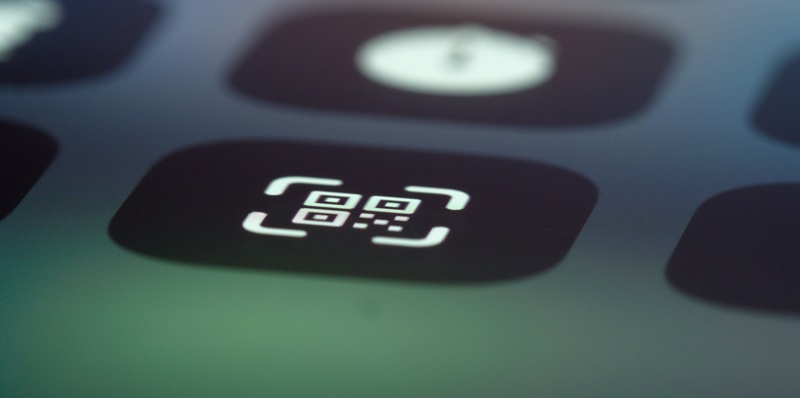The growing ubiquity of QR codes has not gone unnoticed by cybercriminals, who have found a new tool for their nefarious activities. In phishing campaigns, these criminals are exploiting QR codes to redirect unsuspecting users to deceptive websites or initiate the download of harmful software. This article explores the alarming rise of QR code phishing, shedding light on its tactics and highlighting the need for heightened digital security.
The Power of QR Codes in Cyberattacks
QR codes, originally designed for convenient information storage and retrieval, have now become weapons in the hands of cybercriminals. By cleverly exploiting their popularity and ease of use, these criminals can lure victims into compromising situations.
Deceptive Websites: A Gateway to Threats
Once a user scans a QR code deployed by cybercriminals, they are redirected to a deceptive website. These websites are meticulously crafted to appear legitimate, making it harder for users to detect the scam. With insidious intent, cybercriminals seek to deceive users into sharing sensitive personal information or carrying out unintended actions.
Unleashing Malware through Phishing Attempts
In some QR code phishing attempts, criminals exploit phishing techniques, leading to the installation of malware on unsuspecting users’ devices. Malicious software can wreak havoc by compromising not only personal devices but also networks, potentially exposing sensitive data to cybercriminals and causing substantial financial and reputational damage.
QR Codes: The Stealthy Alternative to Buttons
Recent phishing campaigns have witnessed cybercriminals adopting QR codes as an alternative to traditional buttons to redirect victims. By disguising themselves within seemingly harmless QR codes, cybercriminals bypass user suspicion and manipulate victims into visiting fraudulent websites without raising alarms.
Vulnerable Mobile Users: Prime Targets of QR Code Phishing
Mobile users, who often lack adequate protection from internet security tools, have become prime targets for QR code phishing attacks. With mobile devices accounting for a significant portion of global internet traffic, cybercriminals are exploiting this vulnerability to launch their malicious campaigns.
Verifying Authenticity: A Crucial Step in Digital Security
In the face of these evolving threats, it is crucial for users to exercise caution. Before entering any account credentials or sensitive information, it is imperative to verify the authenticity of the domain they are on. Paying attention to website URLs and ensuring they match the legitimate domain helps safeguard against falling victim to QR code phishing.
Phishing Incidents: A Call for Heightened Vigilance
Recent incidents of phishing, where QR code phishing techniques are employed, serve as a reminder of the ever-changing strategies employed by cybercriminals. It underlines the need for individuals and organizations alike to maintain a high level of vigilance and adopt robust digital security measures.
Trustifi Leading the Way with OCR Scanning Capabilities
In the battle against QR code phishing attacks, Trustifi, a pioneering cybersecurity firm, has expanded its OCR scanning capabilities to detect even the most cunningly disguised QR codes. With its highly acclaimed Inbound Shield module, Trustifi employs advanced AI technology to scrutinize attachments for key indicators of QR code attacks.
The Role of Trustifi’s Advanced AI-Enabled Inbound Shield
Trustifi’s AI-enabled inbound shield serves as a robust defense against QR code phishing attempts. With its meticulous attachment scanning process, it provides users with a powerful safety net, automatically identifying and blocking potential threats before they can cause harm.
As cybercriminals continuously evolve their tactics, the utilization of QR codes in phishing campaigns has surged. It is crucial for individuals and businesses to remain vigilant, adopting stringent security measures and leveraging cutting-edge technologies like Trustifi’s OCR scanning capabilities. By staying ahead of these threats, we can safeguard our digital lives and protect sensitive information from falling into the hands of cybercriminals.

